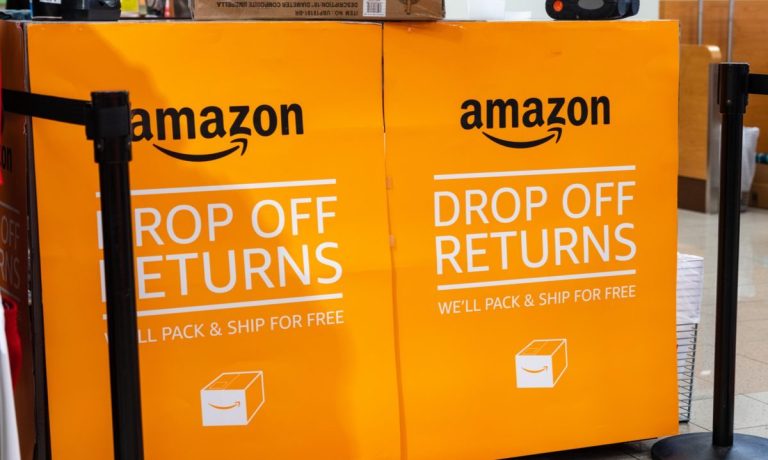Retailers’ Return Fees Risk Foot Traffic Incentives vs Disincentives to Buy

Retailers charging fees for returns walk a tightrope.
On the one hand, fees levied when customers decide not to keep what they’ve bought help offset the costs of handling those returns — the shipping, handling and restocking.
And let’s say a shopper ordered several pairs of shoes, to see which size fits best — and kept only the “right” pair. Ostensibly, the specter of being charged for, say, over-ordering and then returning an item (even with those convenient boxes and labels provided), would lead over time to a more thoughtful shopper, with less waste in the commerce system itself.
For the merchant, the maintenance (or even boosting) of short-term margins must be weighed against the prospect of losing the customer entirely.
The balancing act comes into focus against the backdrop of a Wall Street Journal article on Tuesday (May 23) noting that a growing number of online retailers are charging customers who opt to send their returns back by mail. The pivot comes as returns in 2022 were 14% higher than they were before the pandemic, per data from returns-management firm Narvar, and where it costs merchants more than $26 to process $100 of returned goods.
We note that, generally speaking, retailers’ operating profits might range from the low single-digit percentage points to (maybe) the low double digits, which of course means that gross profit margins (which account for the costs of goods sold, and so the impact of sales returns show up) remain in laser focus, especially as the cost of the goods themselves go up amid inflation.
We spotlighted in this space that not long ago that Amazon, that bellwether of eCommerce, began charging for returns to UPS stores.
In the United States, as PYMNTS and Cybersource found, 96% of shoppers review return policies before making a purchase. Joint research in the “2023 Global Digital Shopping Index” revealed that roughly 66% of U.S. consumers had used returns by mail or in-store, which implies that returns are an integral part of the shopping experience.
Brick-and-Mortar Boon?
The pay-for-return policy is also finding root with brick-and-mortar retailers too. J.C. Penney charges $8 for return by mail. Footlocker, about $7. J.Crew charges $7.50. For the pure eComm players, there may be the risk of losing the sale upon curtailing free shipping; for the omnichannel players, steering the consumer away from the mailbox toward the store itself has a knock-on effect — one that can be positive.
And it lies in the possibility of stoking the flames of the impulse buy. In that case, the shopper who journeys to the store to return the unwanted item — let’s say a pair of shoes, again — may see a pair right on site that’s perfect, and maybe they opt to buy two pairs. In effect, the retailer gets two sales — and an incremental boost to revenues that more than covers any restocking, even the destruction of merchandise or discounting if that returned item’s destined to reach the shelves again.
Amazon has some skin in the omnichannel game here: The fees, after all, apply to returns made at UPS stores when a consumer could have returned the items to a Whole Foods, Kohl’s or Amazon Fresh location, which of course would set the stage for additional transactions taking place at those locations. In that event, the dissatisfaction with what we’ve ordered online might translate to satisfaction at the (real) register — a win for the merchant, too.